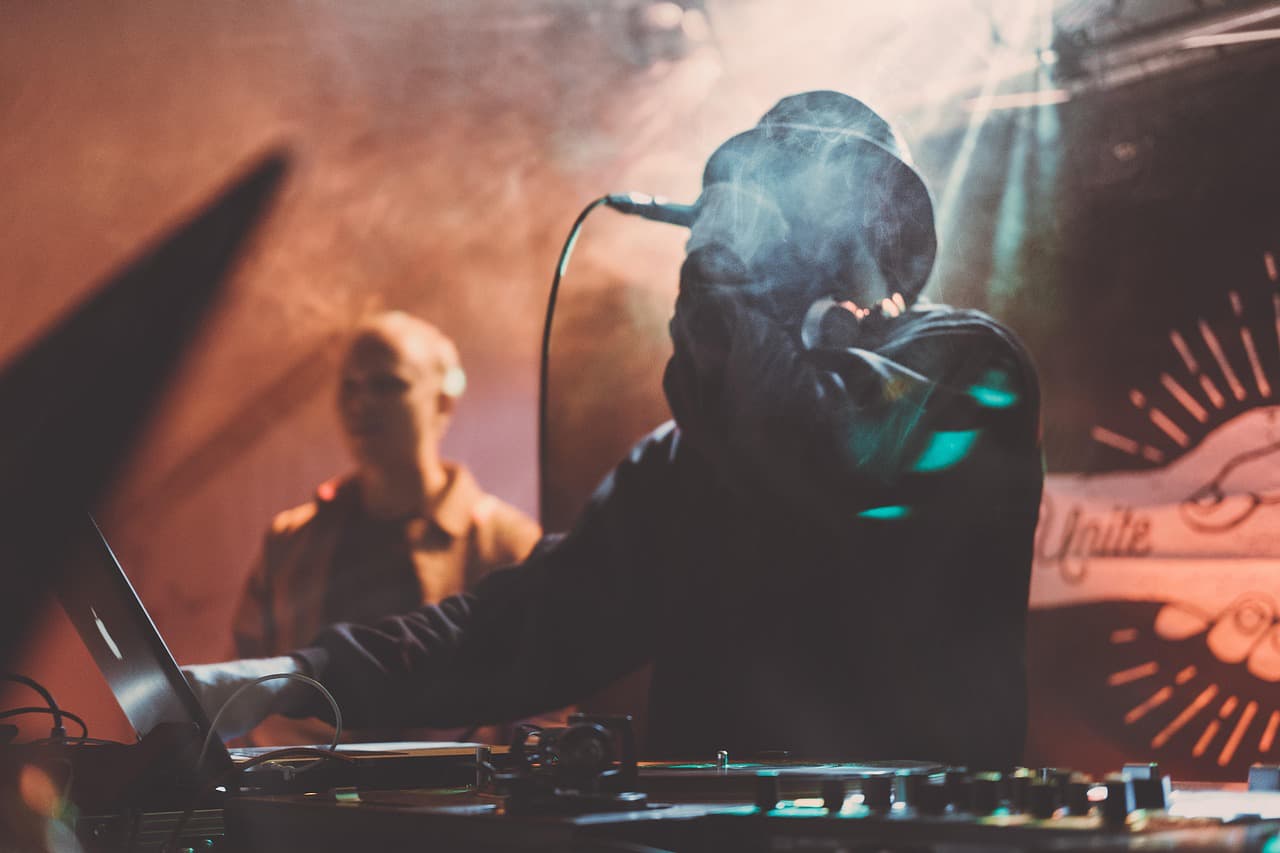Human beings are creatures of habit. For decades, the dream of becoming a music star meant chasing a record deal, mailing demo tapes, and hoping a label scout noticed you in a small club.
That system worked for a few, but it locked out many others. Today, the rise of social media platforms has rewritten the rulebook entirely. If you have a phone and a song, the gatekeepers are no longer the only path.
Social Media Platforms as Modern Launch Pads
The first step for any aspiring artist now involves understanding how social platforms work. TikTok, YouTube, and Instagram have become giant stages where an unknown singer can release a 30-second clip and reach millions.
In the past, it took years to get your music on the radio. Now it can happen overnight with a single trending video. Artists who post consistently and interact with their audience have a far higher chance of building loyal fans.
Unlike the traditional model, where record labels decided what the public should hear, these platforms allow the public to decide in real time. Comments, shares, and likes act as instant feedback. If a hook or chorus resonates, it spreads fast. That’s how songs become viral even before they’re officially released.
Understanding Algorithms and Timing
Algorithms are the new tastemakers. They control which clips show up on people’s feeds and which ones sink into obscurity. For an artist, learning when to post, which hashtags to use, and how to engage with fans is no longer optional. It’s compulsory if you want to grow.
By studying analytics, artists can test multiple ideas before committing. A rapper may post three different choruses to see which one fans prefer. A singer might upload a stripped-down version of a track to gauge reaction before producing a full version. This level of testing was never possible in the old system, but now it’s a normal part of building a career.
Balancing Creativity and Content Pressure
While these platforms create opportunities, they also create pressure. Algorithms reward frequent posting, and taking a break can cause your reach to drop. For new artists, that can feel like trying to write songs on a treadmill. It’s important to balance creative time with content time.
Chasing every trend may get you short-term attention, but it can damage your artistic identity. The most successful artists use social media as a tool while protecting time to develop their sound. That discipline separates long-term careers from one-hit wonders.
Record Labels and Managers Adjusting

The music industry has noticed this shift. Labels now scout on TikTok, Instagram, and YouTube instead of only at live shows. Managers hire social media specialists to nurture viral moments. Deals are increasingly based on existing audiences rather than untested potential.
This means the “big break” often looks gradual. Instead of a single night in a club, it’s six months of consistent growth online. Labels then step in to offer resources, distribution, and promotion after the audience is already built.
Building the Right Toolkit
For the next generation of music stars, success begins with a simple toolkit. A reliable phone camera, basic recording gear, and an understanding of platform culture are as important as talent. Creativity still matters most, but timing, presentation, and audience interaction are now part of the job.
You’ll see more artists combining strategies across platforms. A teaser hook on TikTok, a full video premiere on YouTube, limited merch on Instagram, and a live-stream concert for superfans. This multi-platform approach is becoming standard practice.
A Broader Cultural Shift
Social media hasn’t only changed who becomes famous, but it has also changed what fame looks like. Artists can now build niche audiences without ever topping traditional charts. They can earn a living through streaming, direct fan support, and small tours.
It’s a wider and more inclusive landscape. More languages, more genres, more faces. A teenager making beats on a laptop in Lagos can reach listeners in Paris the same day. The barriers that once limited discovery are lower than ever before.
A New Kind of Discovery
When we talk about the music stars of tomorrow, we’re really talking about a new ecosystem. Creativity, technology, and community now mix in real time. The old dream of being discovered hasn’t disappeared. It has moved online.
If you have a song in your heart and a phone in your hand, you’re already closer to an audience than any previous generation. The tools are there. The challenge is using them wisely, protecting your artistic identity, and letting your talent stand out amid the noise.
